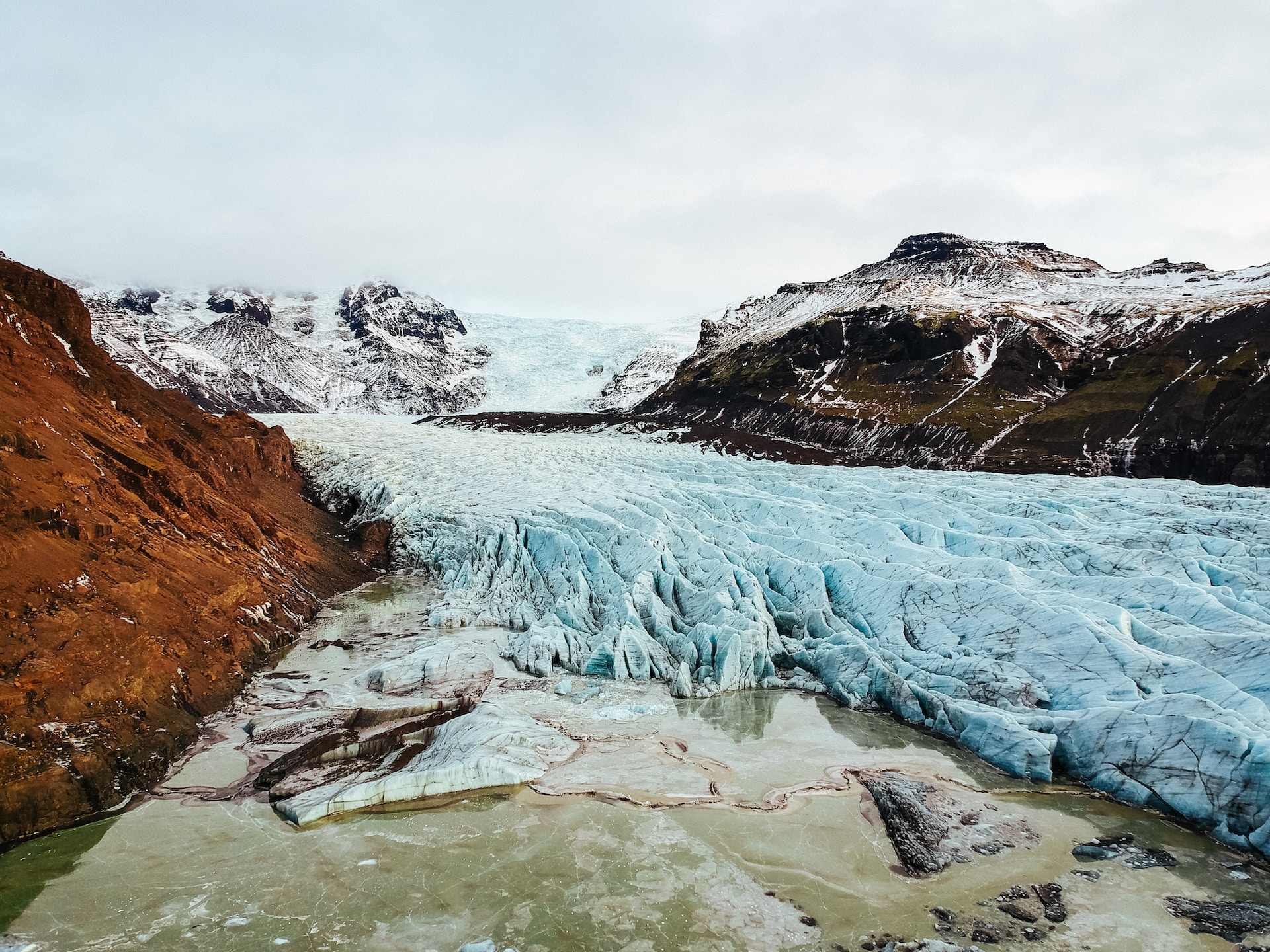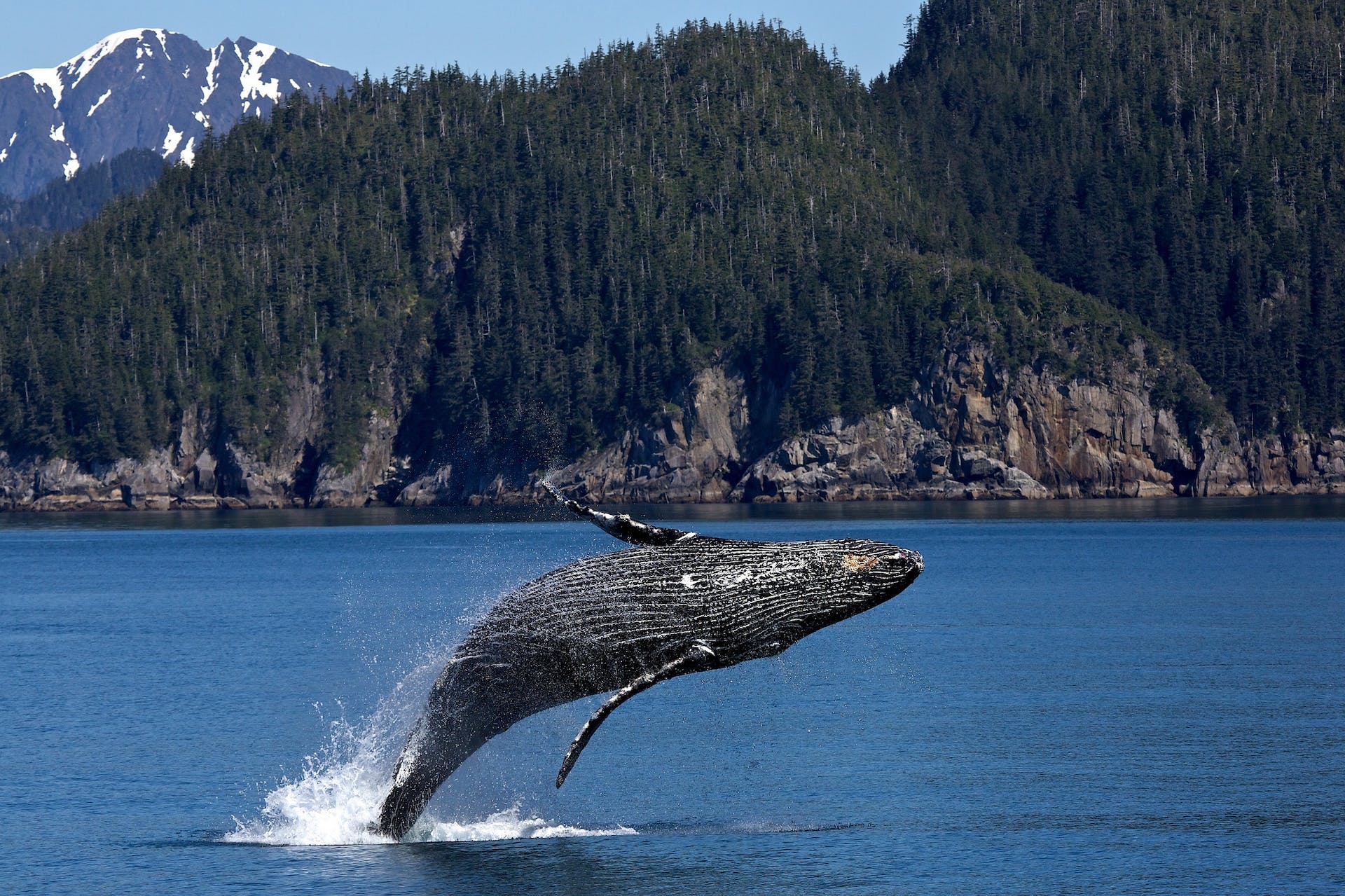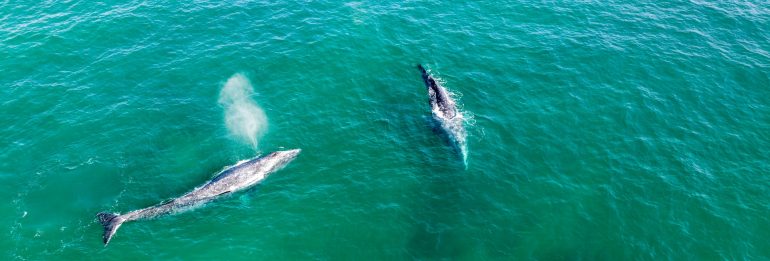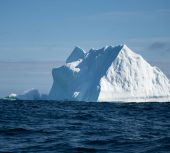The mysterious deaths of over 680 gray whales on North America's Pacific coast in the last four years have left scientists perplexed. As these majestic creatures wash ashore, the National Oceanographic and Atmospheric Administration (NOAA) has termed the phenomenon an “unusual mortality event,” prompting an urgent quest for answers.
Was it ship collisions, fishing gear entanglements, or a rampant disease decimating these marine giants? A recent study published in the journal Science seems to provide a crucial clue: the rapidly changing Arctic sea ice conditions and its profound effect on the whales' primary food source - tiny shrimp-like creatures.
Connecting the Dots: Sea Ice and Whales' Food
Josh Stewart, an assistant professor at Oregon State University’s Marine Mammal Institute and the study's lead author, believes they may have unraveled the mystery behind these frequent mass deaths. The disruption in the Arctic's sea ice patterns seems to be directly influencing the population cycles of gray whales. "The crux of the matter is the duration and quality of their feeding periods," Stewart points out.

Climate change has been a significant disruptor. Although the melting Arctic ice initially provided gray whales with extended access to their feeding grounds, the broader implications of global warming—changes in currents, water temperatures, and sea ice algae—have compromised the quality of their food.
A Historical Perspective: The Whales' Odyssey
The gray whales' remarkable migratory journey stretches over 5,000 miles, commencing in the cozy lagoons off Mexico, where they reproduce and nurture their calves, and culminating in the Arctic's rich feeding zones. Here, these behemoths, which can weigh up to 90,000 pounds and live up to 80 years, indulge in a feeding frenzy that lasts just about four months. This intense gorging is essential as they mostly fast for the rest of the year.
Stewart's team meticulously analyzed data spanning 50 years, drawing links between the whales' population dynamics, their feeding ground accessibility, and the availability of crustaceans. The revelations were striking: gray whales have experienced periodic population surges and declines, largely tied to their feeding patterns.
The Rebounding Giants: From Whaling to Conservation
Historically, the North Pacific gray whales faced the brink of extinction due to rampant commercial whaling in the 19th and 20th centuries. However, the latter half of the 20th century witnessed a remarkable turnaround. Stringent federal protections and international whaling bans catalyzed their recovery, transforming them into a symbol of conservation triumph.

From the shadows of the whaling era, their numbers rose impressively, peaking at about 27,000 by 2016. Yet, today, only approximately 14,500 remain.
Elliott Hazen, a research ecologist at NOAA’s Southwest Fisheries Science Center, emphasizes the significance of the study's findings. "We now have a clearer understanding of the gray whale deaths," Hazen stated, underscoring the undeniable correlation between Arctic conditions and the population volatility of these creatures.
Facing the Future: Adaptation Amidst Change
Despite the grim realities, Stewart remains optimistic about the gray whales' resilience. He believes that these marine mammals, having endured ice ages, extensive human hunting, and significant climatic shifts, will navigate the challenges posed by Arctic warming. "They've weathered massive climatic changes before. Their adaptability is their strength," Stewart asserted.
However, he also concedes that the rapidly changing Arctic environment could cap the number of whales that these feeding zones can support in the future. As we grapple with the repercussions of climate change, the plight of the gray whales serves as a poignant reminder of the intricate interplay between ecosystems and the pressing need for conservation efforts in our rapidly changing world.
©GlobalCO2.uk





